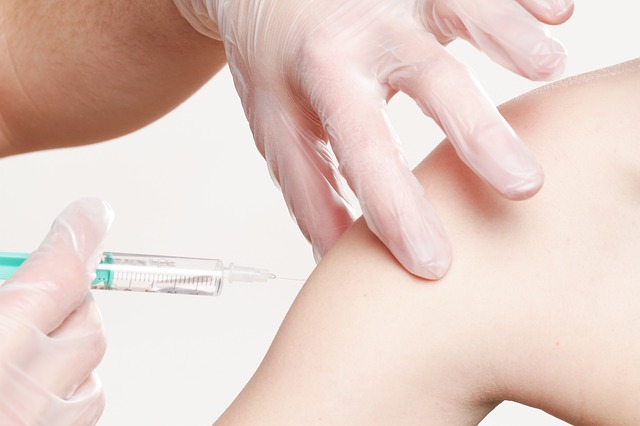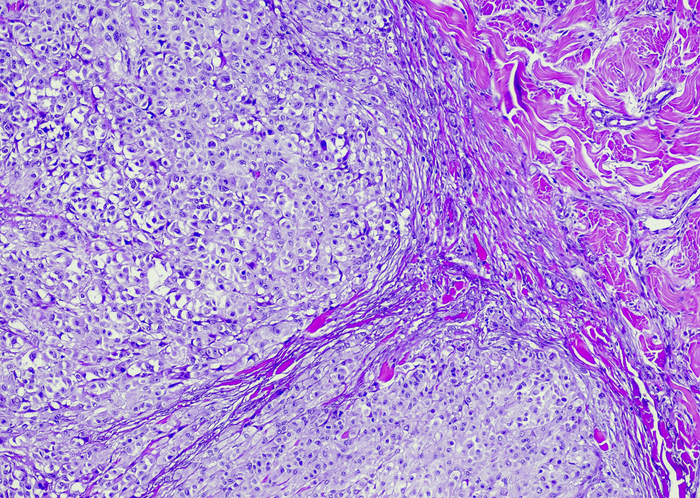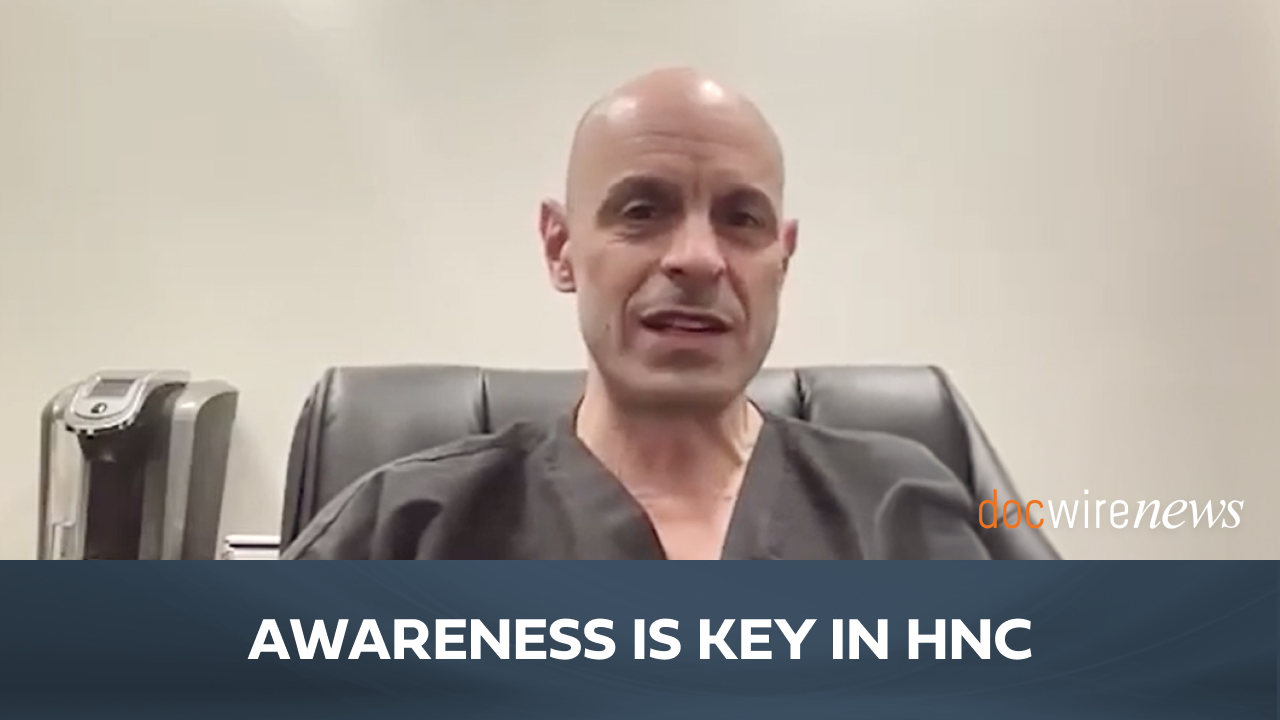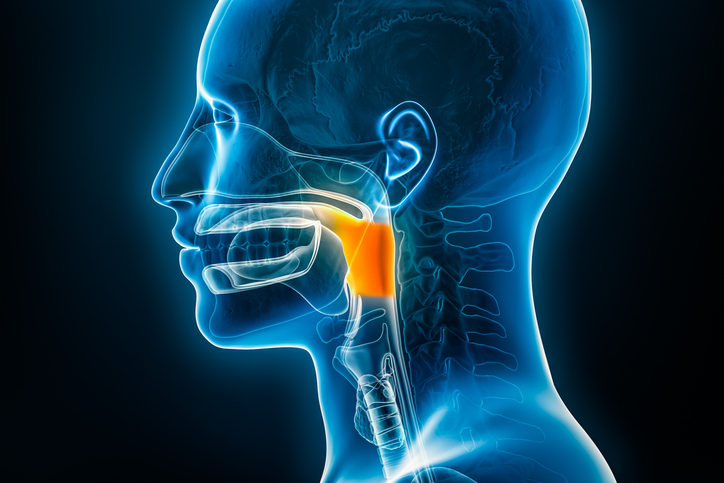
A new breakthrough in cancer research could bring the medical field one step closer to making a universal cancer vaccine a reality.
A team of researchers at Arizona State University’s Biodesign Institute discovered 200,000 cancer neoantigens that had not been previously identified. According to the researchers, these neoantigens were common in multiple tumor types—meaning they could be used in one vaccine to target all tumors.
To conduct their study, published in Scientific Reports, the researchers obtained 50 human breast cancer cell lines from the American Type Culture Collection, as well as 85 tissue samples from cancer patients and blood from patients with five different types of late-stage cancer: brain, breast, gastric, lung, and pancreatic.
Examining the samples, they determined that three cancer vaccine options could be possible: an overall cancer vaccine, a cancer-specific vaccine, or a cancer vaccine tailored to a patient’s specific mutations. The team created chips presenting all 200,000 newly discovered possible neoantigens, simplifying the usual process of obtaining tumor DNA for sequencing.
“Personal cancer vaccines are complicated and expensive,” said Dr. Stephen Johnston, director for the Center for Innovations in Medicine, a professor in the School of Life Sciences, and director of the Biological Design Graduate Program at The Biodesign Institute at Arizona State University, in a press release. “Also, only about 40% of tumors have enough mutations in the DNA to make a vaccine from. We discovered that even ‘cold tumors’ at the DNA level make lots of mistakes at the RNA level. And the mistakes we focus on are frameshift peptides which are much more immunogenic than the point mutations used in personal cancer vaccines. Most importantly, we can make off-the shelf vaccines for therapeutic or even preventative vaccines which will be much less expensive.”
In rodent models, the newly discovered antigens offered protection from breast cancer and melanoma. The findings in this model spawned the next step of creating a clinical trial in canine models. This could in turn eventually lead to a large human clinical trial.
What the researchers discovered was that the neoantigens were found in errors in the RNA of tumors—not at the DNA level. The possibility of a vaccine hinges on this fact.
“In a cancer cell, it turns out that all levels of information transfer from DNA to RNA to protein become more error prone,” said Dr. Johnston. “We proposed that these mistakes made in cancer cells may also be the source to make a cancer vaccine.”
While the technology is available to create a human cancer vaccine now, more research and studies must first be completed.
“This is probably the only approach to a broadly preventative cancer vaccine, so we feel we have to try it,” Dr. Johnston said. “The implications of success would be quite large—for dogs and people.”






 © 2025 Mashup Media, LLC, a Formedics Property. All Rights Reserved.
© 2025 Mashup Media, LLC, a Formedics Property. All Rights Reserved.